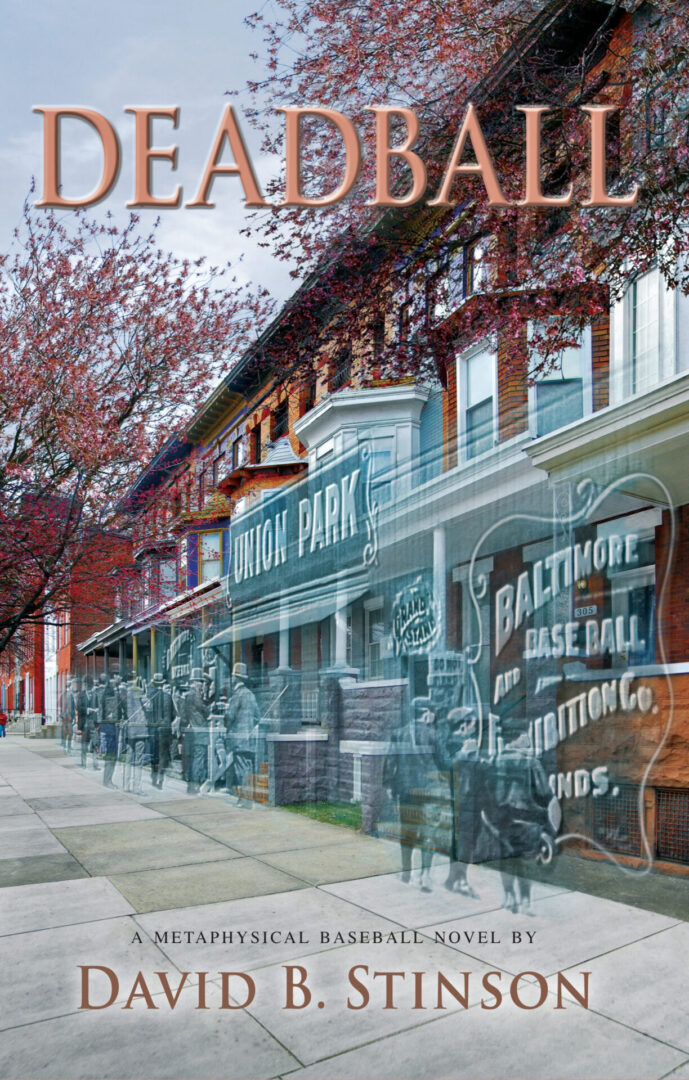War Memorial Stadium was a multi-use sports facility located at 285 Dodge Street in Buffalo, New York. The name of the venue changed over time, from Roesch Memorial Stadium (named after former Buffalo Mayor Charles Roesch) in 1937, to Grover Cleveland Stadium (in honor of the former President, Chief Justice, and Buffalo Mayor) from 1937-38, to Civic Stadium from 1938 to 1960, and finally to War Memorial Stadium from 1960 to 1987. Although it was a stadium of many names, Buffalo residents often referred to the ballpark as “The Old Rockpile.”
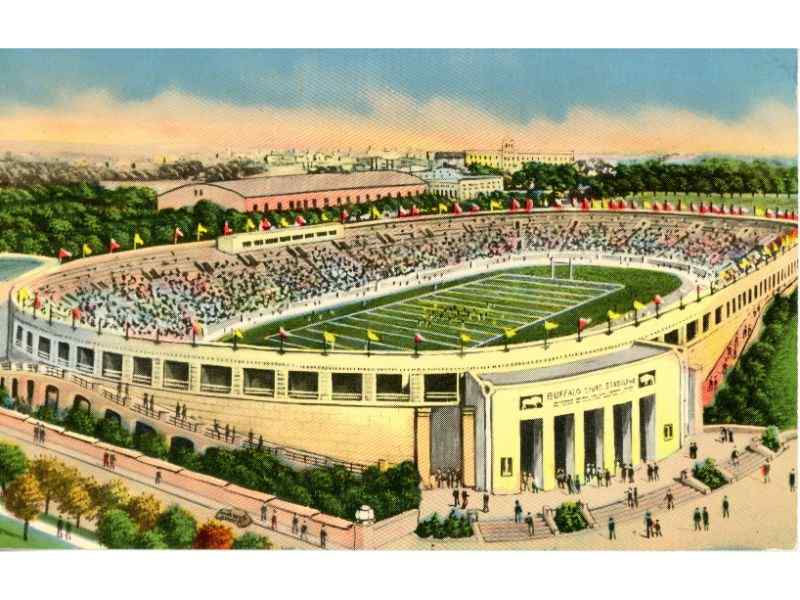
The derivation of the nickname Rockpile is not readily ascertained (believe me, I looked), but perhaps it is a reference either to the condition of the stadium in its later years or the impressive wall constructed of large stones that once surrounded portions of the stadium as well as Masten Park (located directly west of the stadium). The stone wall was once part of the boundary for Prospect Reservoir. The stadium was built on top of the former reservoir site.
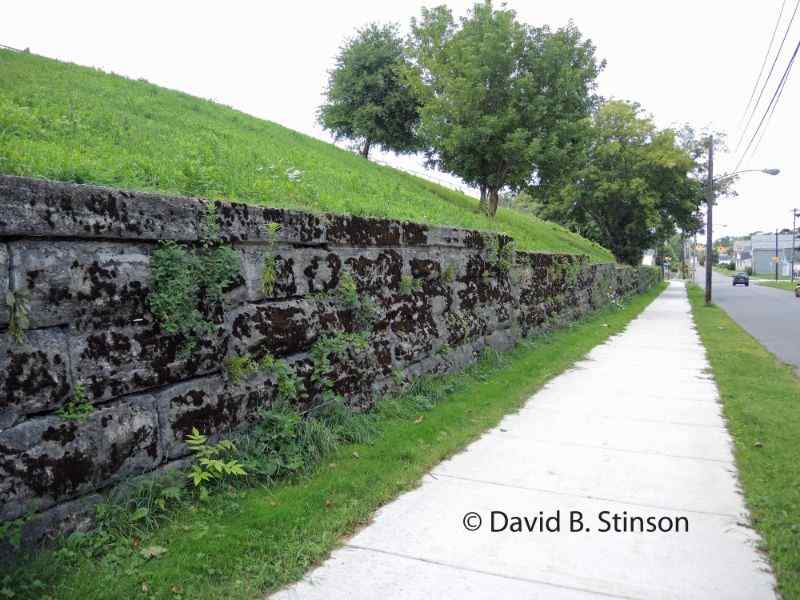
Although the stadium was completed as a Works Project Administration initiative in 1937, it did not have a professional sports tenant until 1940 with the arrival of the American Football League Indians, who played at Civic Stadium through the 1941 season. Football returned to the stadium in 1946 with the arrival of the Buffalo Bills of the All-American Football Conference, who played at Civic Stadium through the 1949 season. The Bills returned to War Memorial Stadium in 1960 as an American Football League franchise, after the stadium underwent a major renovation. In 1970 the Bills switched to the National Football League and played through the 1972 season at War Memorial.
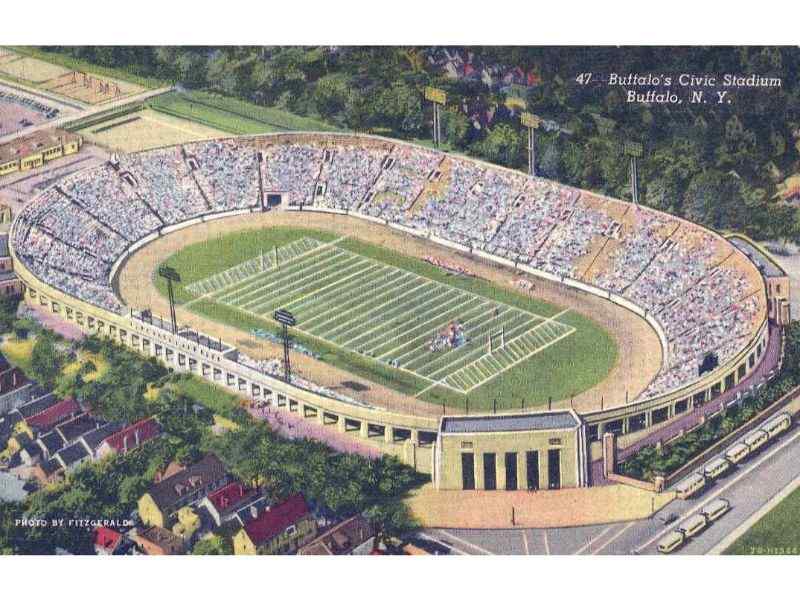
Professional baseball arrived at War Memorial Stadium about the same time professional football returned to venue at the beginning of the 1960s. With the closing and demolition of Offermann Stadium after the in 1960 season, the International League Buffalo Bisons moved to War Memorial Stadium the following year. The Bisons departed War Memorial during the 1970 season when the franchise was transferred to Winnipeg. The Bisons returned to War Memorial in 1979 as an AA Eastern League franchise. In 1985, the Bisons returned to AAA status as an American Association franchise, playing three full seasons at War Memorial Stadium before departing for a new ballpark, Pilot Field, after the end of the 1987 season.
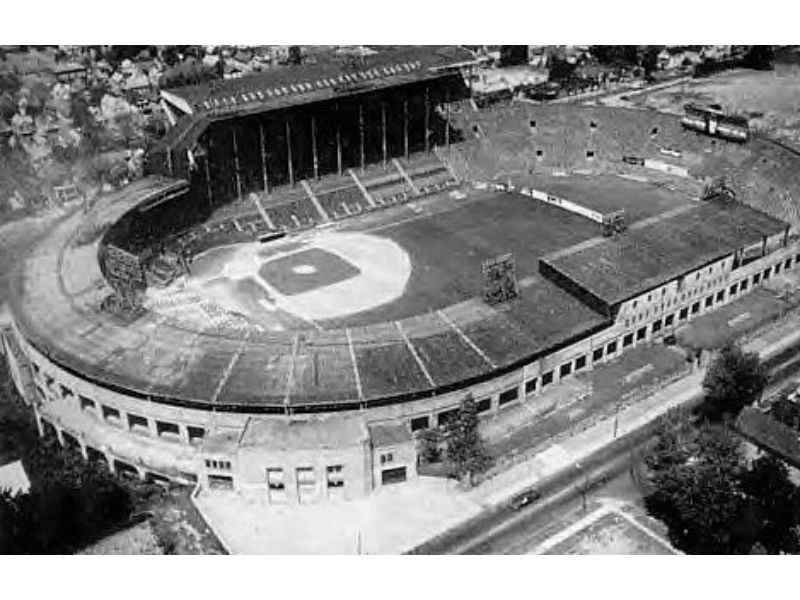
In 1983 baseball Hollywood style arrived at War Memorial Stadium. The ballpark used as a primary location for filming of the movie The Natural.
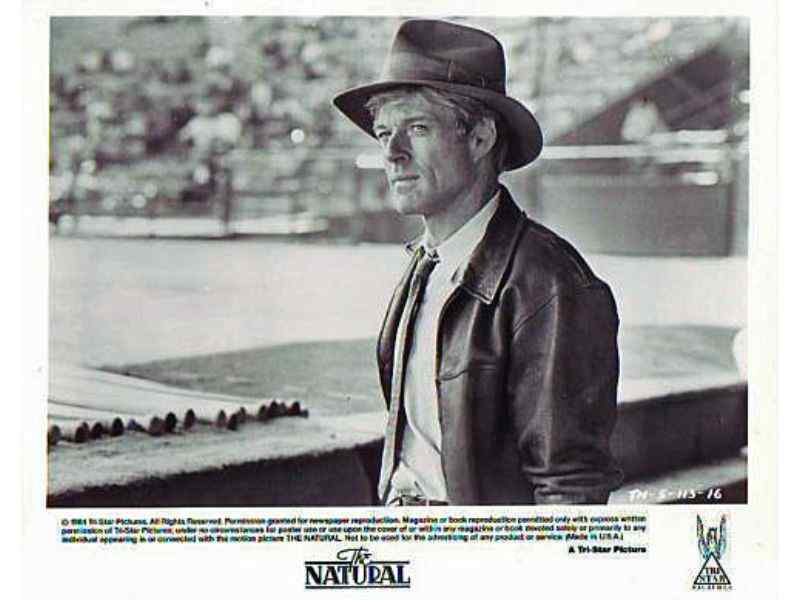
War Memorial Stadium’s distinctive vintage features provided an almost eerie back drop for the movie.

For additional information about the filming of The Natural at War Memorial Stadium, and at other locations in and around Buffalo, New York, see forgottenbuffalo.com.
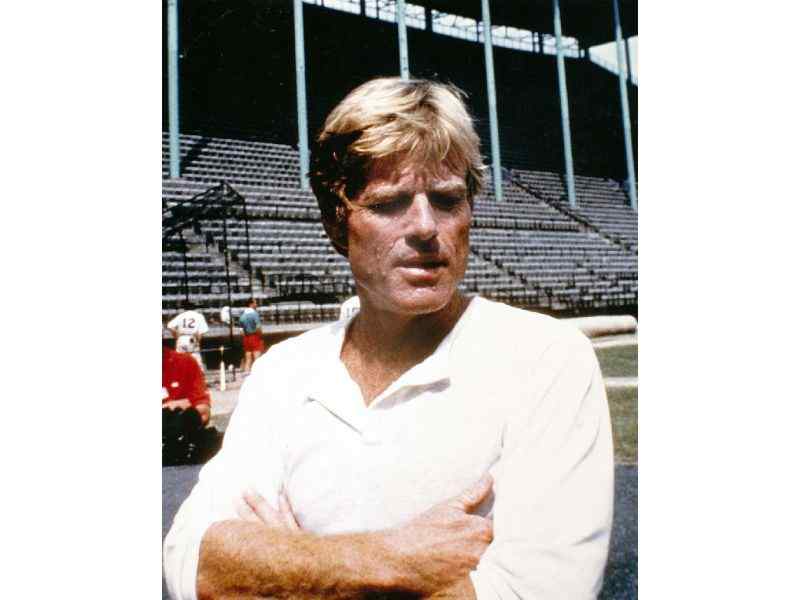
War Memorial was demolished in 1988 and the City of Buffalo constructed in its place a youth sports complex. In 1997 the site was renamed the Johnnie B. Wiley Amateur Athletic Sports Pavilion in honor of a former Buffalo resident.

Although the stadium structure is long gone, fortunately for fans of the game, the City of Buffalo preserved two of the four distinctive entrance gates, both located on the eastern side of the former ballpark site.

The entrance at the northwest corner of Best Street and Jefferson Avenue was considered War Memorial Stadium’s main gate. During the years that the stadium was configured for baseball, the Best and Jefferson entrance was located just beyond center field.
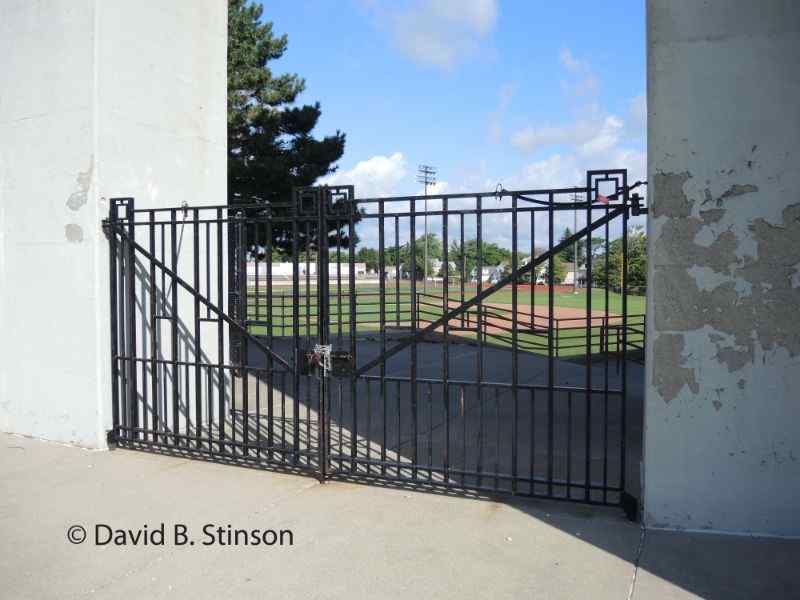
A similar entrance at the southwest corner of Dodge Street and Jefferson Avenue also remains at the site. The gate was located behind what was once the left field corner. The left field grandstand was located just to the right of the entrance.
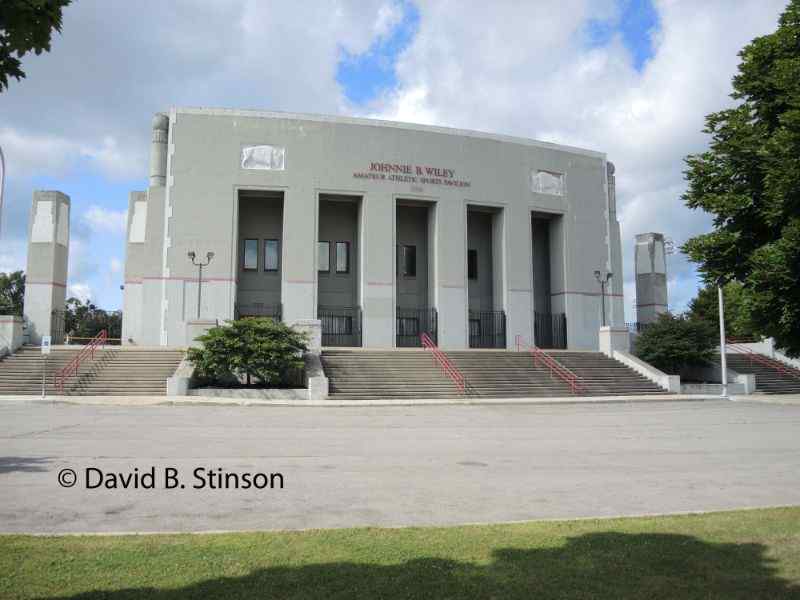
An entrance gate (now demolished) behind the right field corner of War Memorial Memorial was located near the intersection of Best Street and Peach Street.

The City of Buffalo constructed on Best Street a new gated entrance with ticket windows near the location of the original gate.
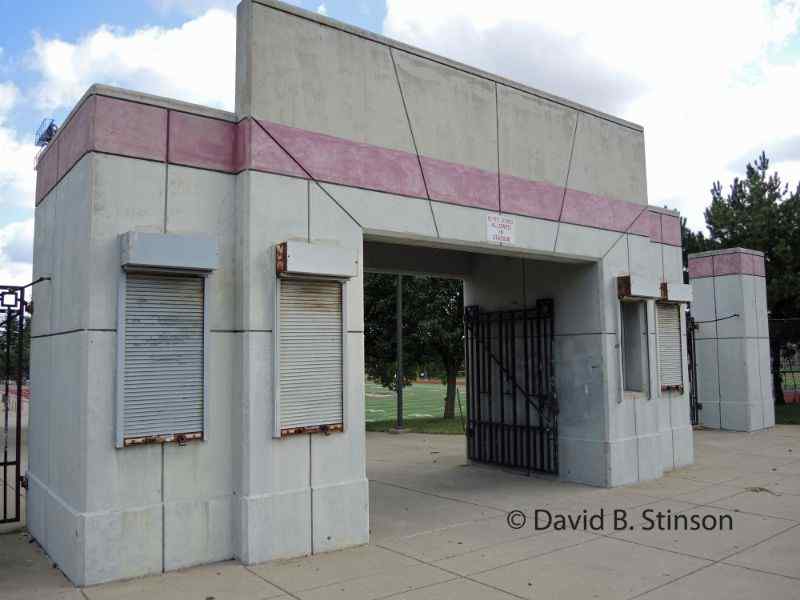
A new gated entrance on Dodge Street sits behind what would have been War Memorial Stadium’s home plate.
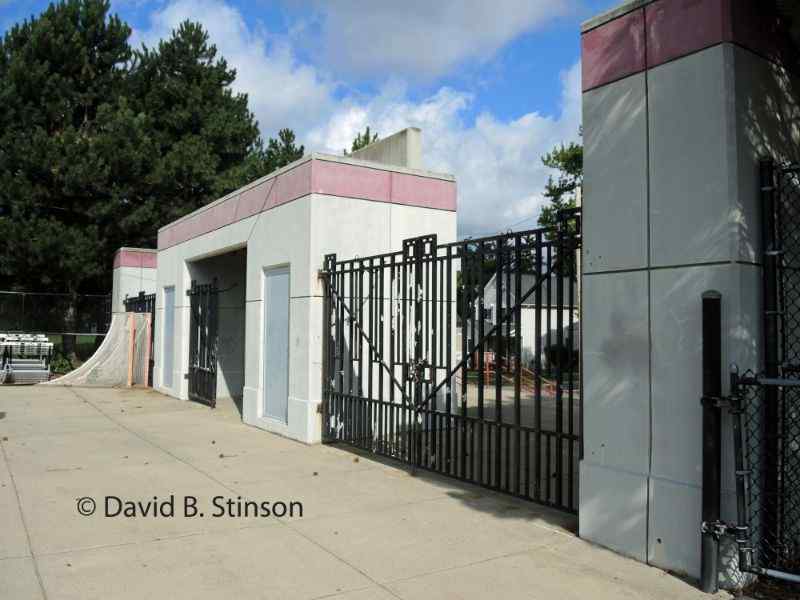
Home plate itself was located in what is now the turf football field, at approximately the 15 yard line on the field’s north end. It is unfortunate that the city did not place a marker where home plate once sat, or where the original goal posts once sat, for that matter.

Much of the former infield is now part of the running track that surrounds the northeast end of the turf football field.

Metal bleachers placed along side the football field sit near what was once the western most portion of the stadium structure.
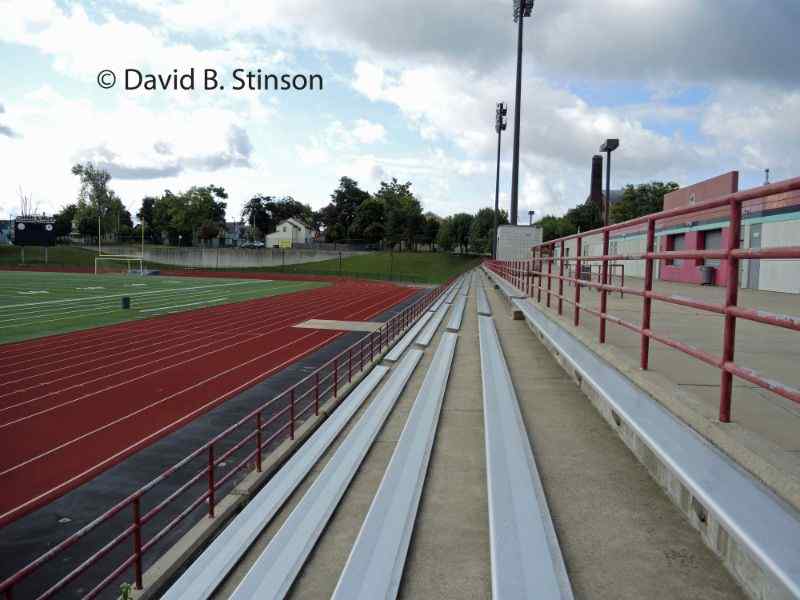
Concession stands and storage facilities sit in the approximate location of a facilities building that sat just to the west of War Memorial Stadium.
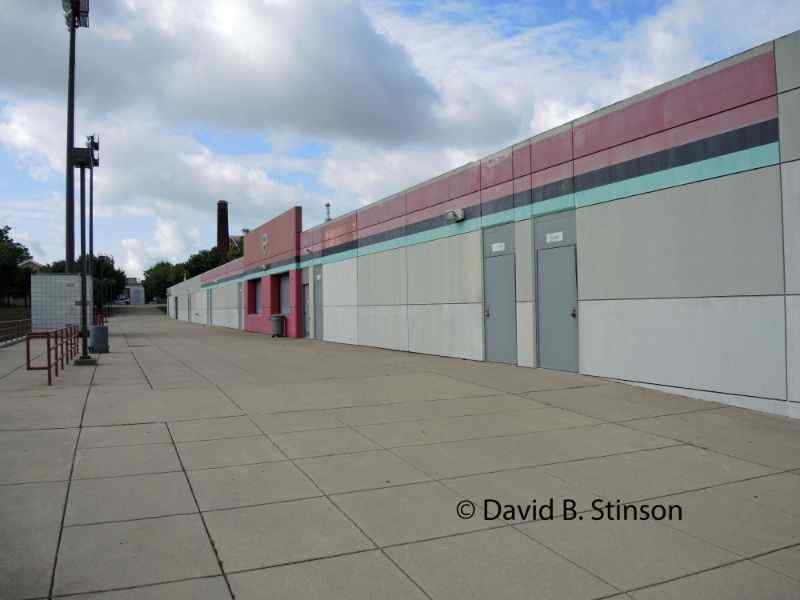
The right field foul line ran parallel to what is now the running track.
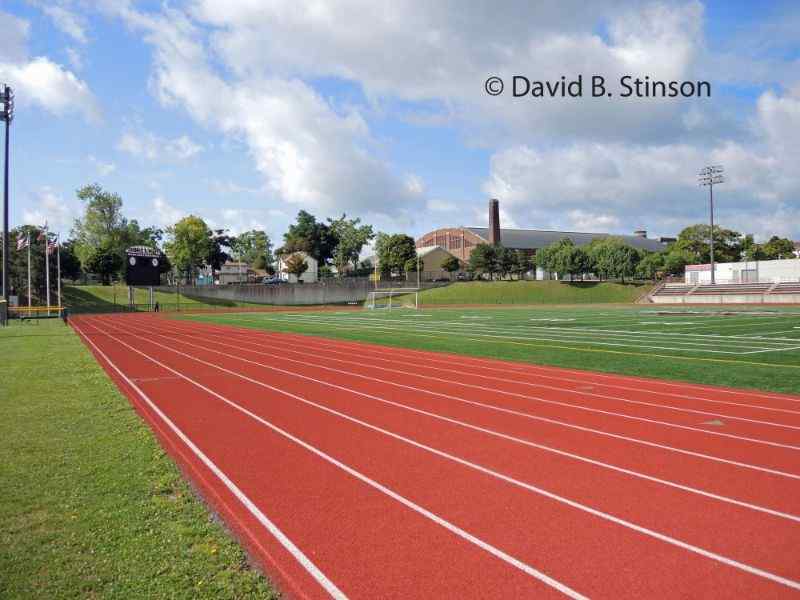
The youth baseball infield at the Johnnie B. Wiley Amateur Athletic Sports Pavilion sits in what was once War Memorial Stadium’s right field.
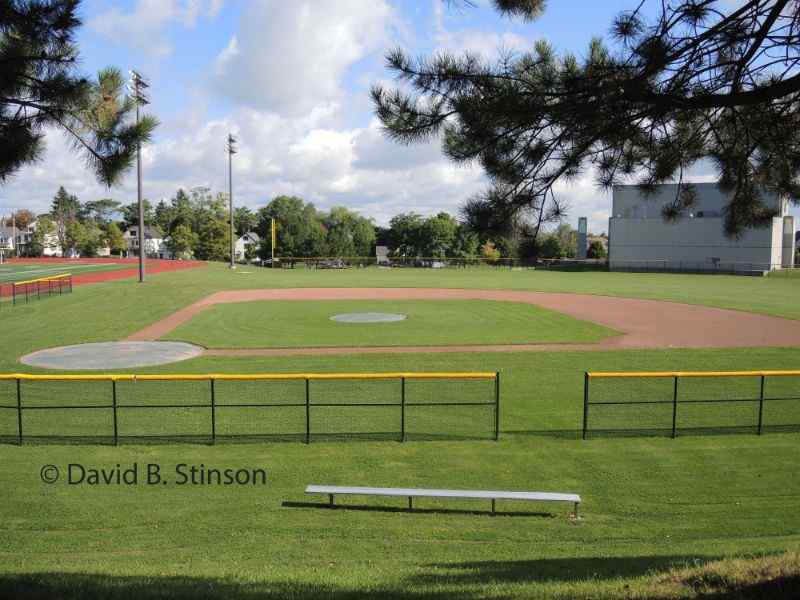
The current left field of the youth baseball diamond was once War Memorial Stadium’s left field.
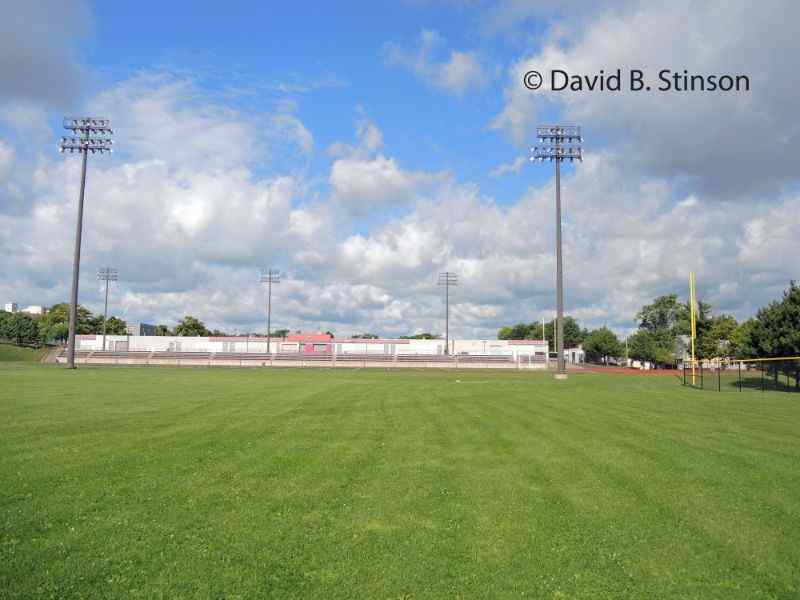
The two preserved entrances to War Memorial Stadium loom large over the current youth baseball outfield.
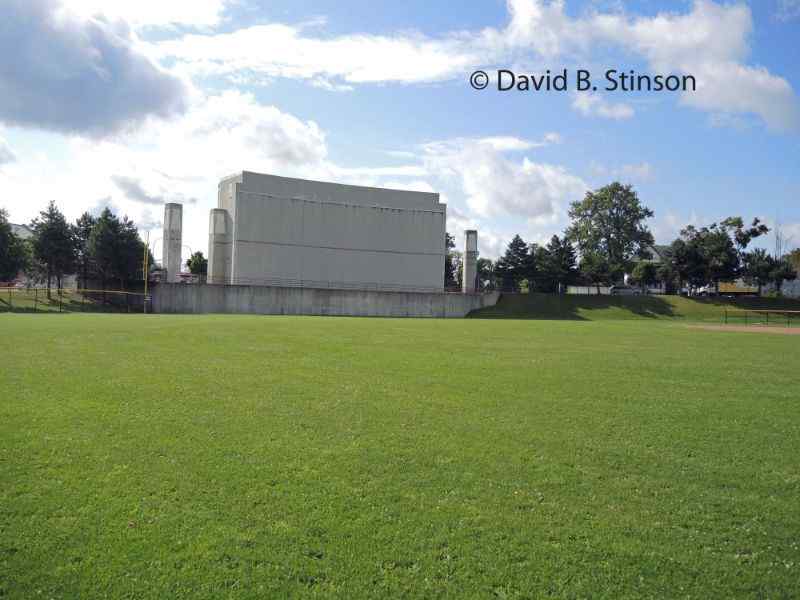
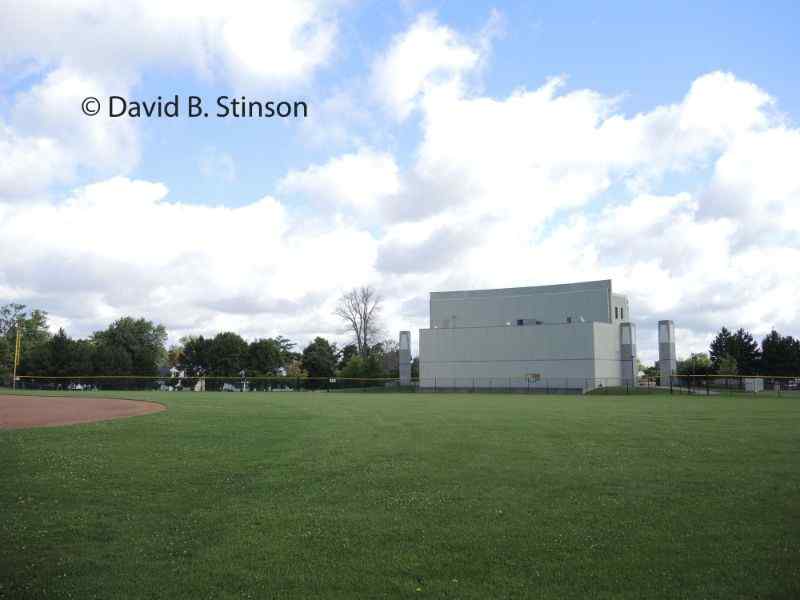
Directly to the west of the former site of War Memorial Stadium is Masten Park. The park, like the stadium, was built on top of Prospect Reservoir.
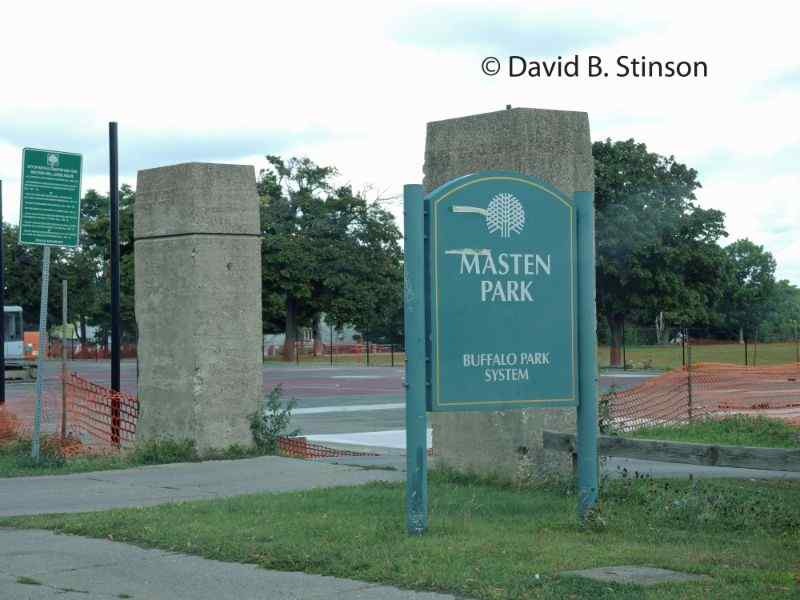
A swimming pool dating to the time of War Memorial Stadium sits just beyond the eastern boundary of Masten Park.
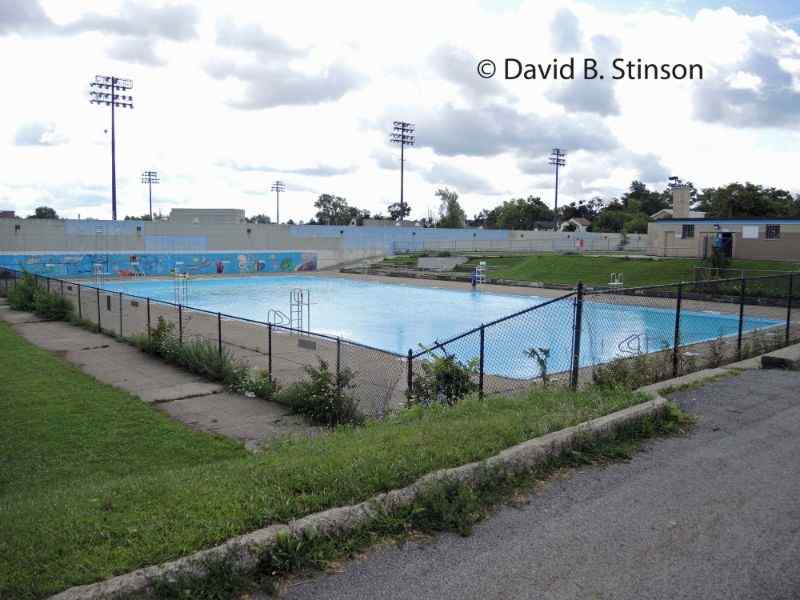
The stone wall that once surrounded Prospect Reservoir terminates just prior to the Dodge Street entrance near the turf football field.
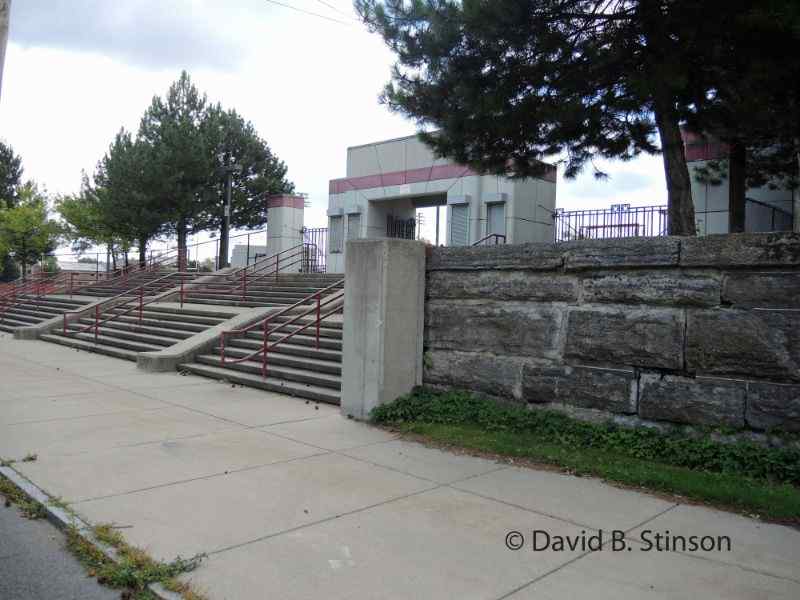
In addition to the stone wall, Masten park boasts several distinctive concrete stairways into the park which date back to the time of War Memorial Stadium.
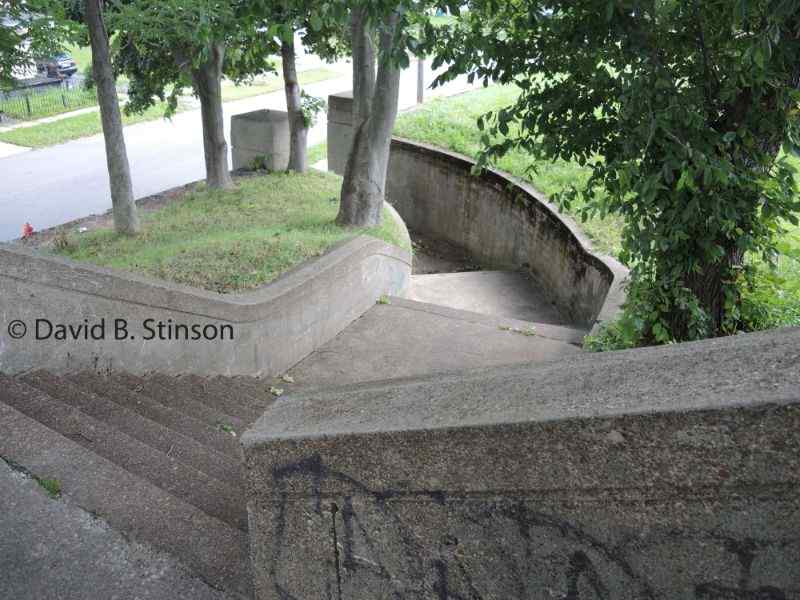
In 1988, the Buffalo Bisons moved to a new downtown ballpark on Washington Street, built just two miles southwest of War Memorial Stadium.
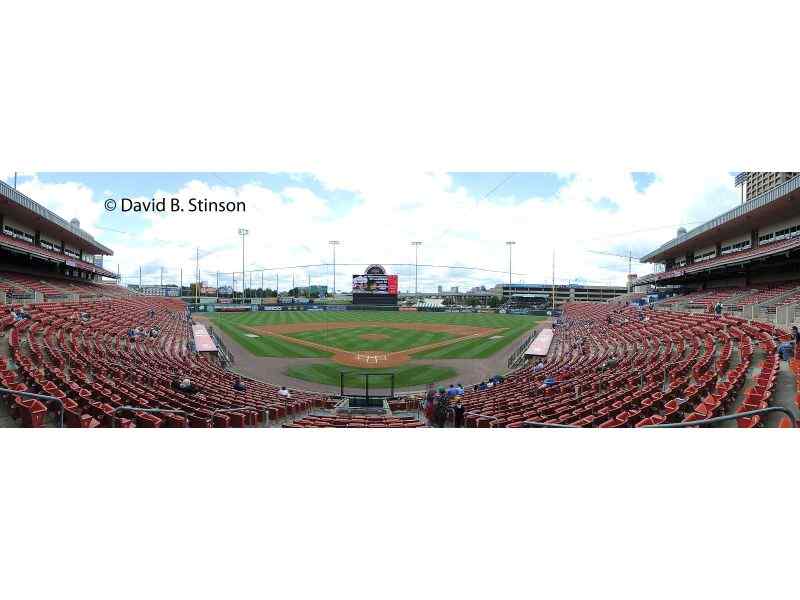
Coca-Cola Field (originally known as Pilot Field) includes a wonderful museum with many displays dedicated to the history of War Memorial Stadium.
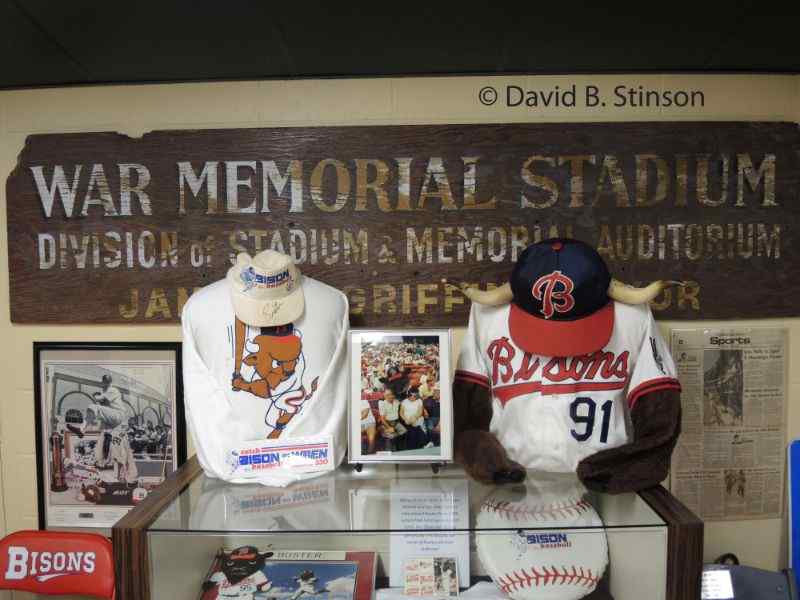
The museum’s curator, John Boutet, has spent the last 25 plus years acquiring mementos and pieces of War Memorial Stadium, as well as Offermann Stadium, to help educate fans about Buffalo’s rich baseball history.
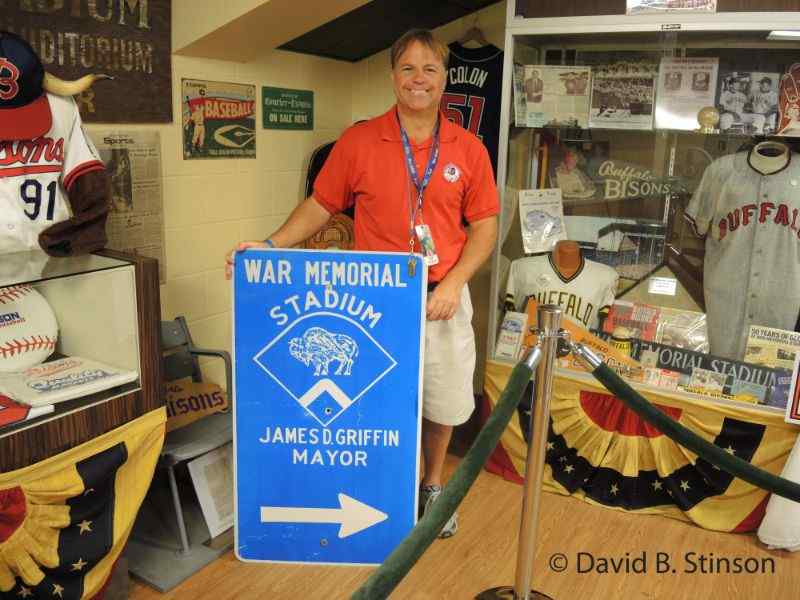
The museum includes a wooden stadium chair from War Memorial Stadium, painted grey, which resembles the seats once used at Memorial Stadium in Baltimore, Maryland.

An authentic War Memorial Stadium turnstile sits at the entrance to the museum.
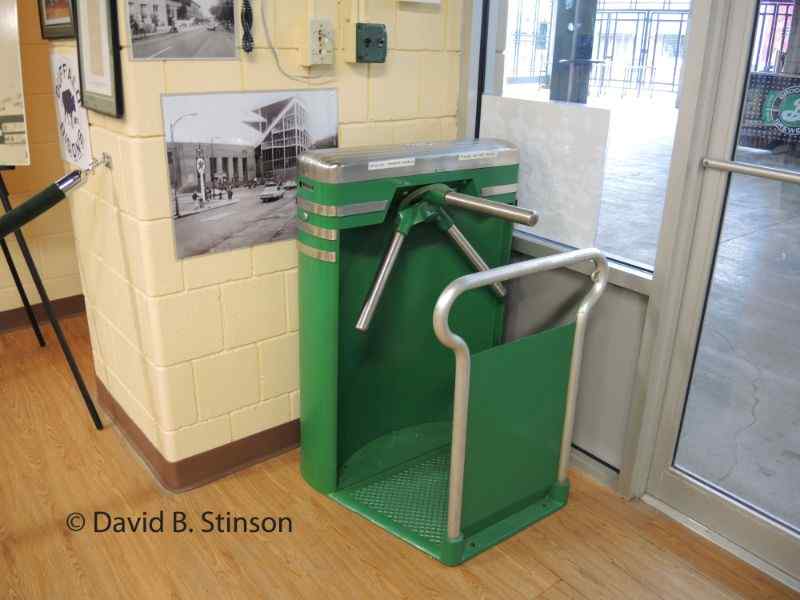
The museum includes memorabilia of famous Buffalo Bisons, including the uniform once worn by Hall of Famer Johnny Bench.
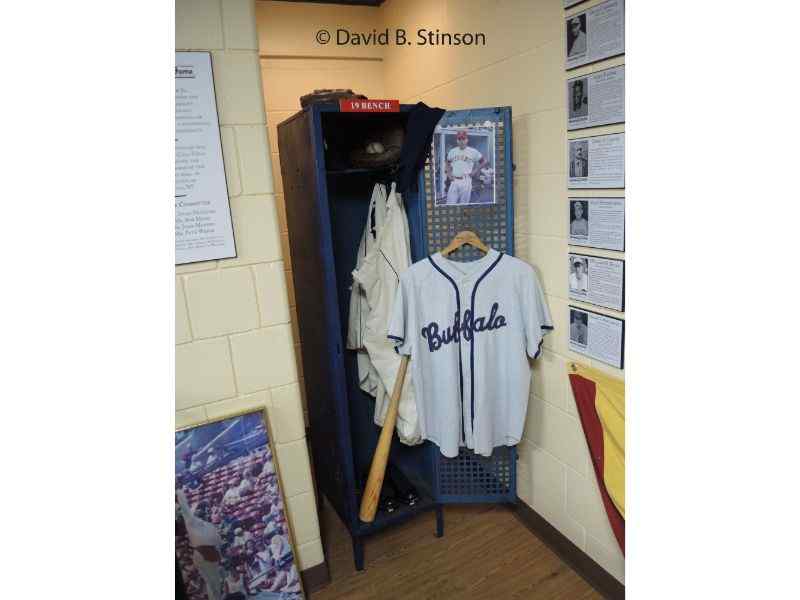
The City of Buffalo has done an admirable job paying homage to memory of historic War Memorial Stadium. A visit to the former site is worth the trip if only to stand in front and take a pictures of the once-grand War Memorial Stadium entrances preserved by the city. For an excellent site devoted to the memory of War Memorial Stadium, with many vintage photographs of the ballpark, visit Rockpile Buffalo. And if you haven’t already, be sure to visit the Buffalo Baseball Museum on the concourse at Coca-Cola Field.
